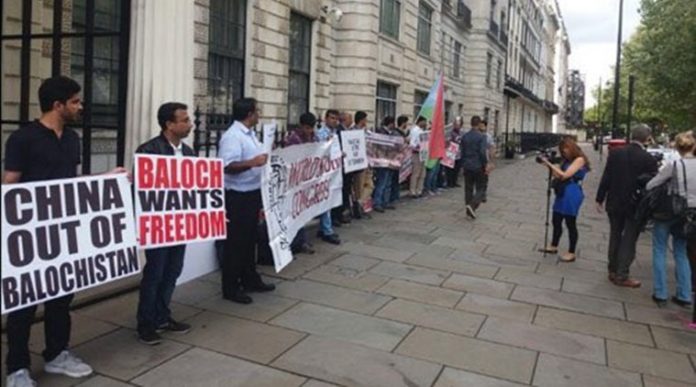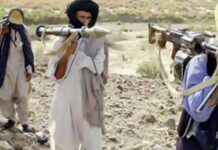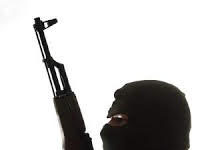COLUMN
-By RC Ganjoo
The struggle for Baloch independence had started immediately after the partition of India in 1947. But the insurgency began in 2000 to challenge the control of the Pakistan government over the province. They targeted state and Pak military for exploiting the resources of the region. The organised political action allied with insurgency gradually increased from 2010 to 2015.
According to the US-based organization, Armed Conflict Location & Event Data Project (ACLED) report, the counterinsurgency operations and government amnesty schemes, discord among Baloch militant groups, and a lack of leadership, the insurgency declined during 2017 till 2019.
But after a brief period of decline, Baloch separatist groups increased its violent activities in the first seven months of 2020. In May 2020, in a series of targeted attacks, 17 security personnel were killed. Baloch militants claimed the attacks were in retaliation for the Pakistani military’s operation in Kech district and the alleged repression of Baloch civilians during the security operation in Balochistan.
The main reason for the resurrection of the Baloch insurgency is attributed to the better coordination among the active Baloch groups. In November 2018, the alliance of three Baloch militant groups, the Baloch People Liberation Coalition (Baloch Raaji Ajoi Sangar) (BRAS), the Baloch Republican Army (BRA), and former rivals BLF and BLA, indicated that militants were re-grouping and joining to conduct coordinated operations against the Pakistani forces.
Secondly, the recent operational alliance with militant groups from Sindh secessionist militant groups the Sindhudesh Revolutionary Army (SRA), aiming to establish an independent homeland for Sindhis, also has raised its head against Pakistan establishment.
In the past, both Baloch and Sindhi militant groups have targeted Chinese interests in Pakistan. The groups opposed Chinese projects and investment in Sindh and Balochistan, alleging the projects would exploit the natural resources of both the provinces also bring about demographic change that would increase the number of people from ethnic groups other than Baloch and Sindhi groups in the respective provinces. It is widely believed by Pakistan watchers that a formidable alliance, would attack security forces and Chinese interests in both Sindh and Balochistan provinces.
Violence is expected to further escalate as securities forces have intensified operations following the BLA attack on the Pakistani Stock Exchange in Karachi on 29 June. The current increase in Baloch militant activity and recent success against security forces alarms a resurgence of Baloch militant groups’ capabilities fortified through new alliances.
With the wind of change blowing hard, Pakistan has to face the impact of the militant’s landscape. The Tehreek-i-Taliban Pakistan (TTP), led by Mufti Noor Wali Mehsud, close connections with Al Qaeda and the Afghan Taliban, has proclaimed ‘jihad’ only in Pakistan. The group has convinced its breakaway factions Jamaat ul Ahrar and Hizbul Ahrar, as well as a few other small groups, to rejoin its ranks. Thus, TTP will survive as a potent militant group in Pakistan. It will further strengthen the TTP by bringing most of the Pakistani militants hiding in Afghanistan under its umbrella.
In a recent report of the UN’s Analytical Support and Sanction Monitoring Team, has estimated that over 6,000 TTP militants are hiding in Afghanistan. If the TTP succeeds in bringing back all of its breakaway factions, its strength can cross 10,000, which is quite a worrisome figure. Al Qaeda in the Indian Subcontinent (AQIS) is also active in the region, with 150 to 200 members. All these terrorist groups have the potential to capitalize on the impact of terrorism in Pakistan
The reunification of the TTP is a direct threat in some districts of Punjab, Balochistan and KP. While the sectarian terrorist groups becoming active in Karachi, the incidents of targeted killings are increasing there.
After the reunification of these groups, the total number of banned outfits has reached 78, including six foreign terrorist groups Al Qaeda, Islamic Movement of Uzbekistan, and the East Turkestan Islamic Movement and IS. The Pak-Turk International Education Foundation is also included in the list, which has visible political grounds. Among banned groups, 42 are religiously motivated militant groups, while 14 are violent ethno nationalist groups.
Whether the Baloch separatist groups will be able to sustain their newfound alliances and capabilities, and transform them into larger political gains for Balochistan, remains to be seen.








